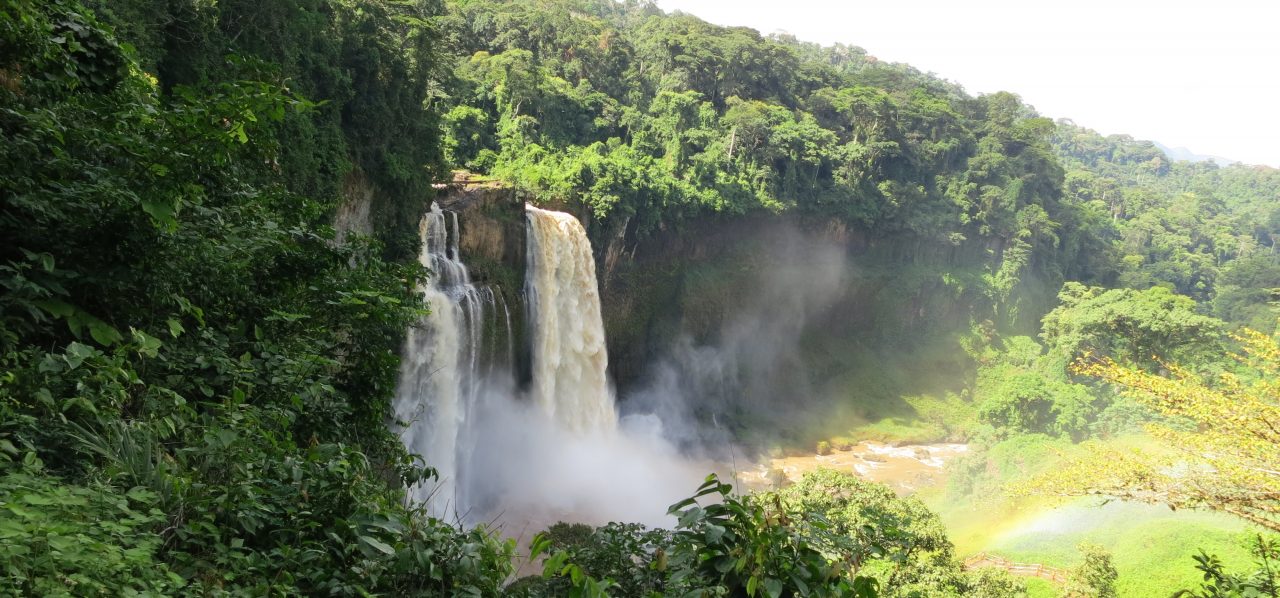As you all know, we have seen in recent coups and throughout history, that the colonizers/oppressors in Africa tend to install fake chiefs, or rather puppets to serve their interests. Remember when Agoli-Agbo (French puppet) was installed after King Behanzin was deposed in 1894? or Patrice Lumumba with Joseph Mobutu in 1961, or more recently Thomas Sankara by Blaise Compaoré in Burkina Faso in 1987, and countless others … history repeats itself. This behavior is not just observed at the top of the country, but even at the levels of the local traditional chiefs… where the successions are contested thus breaking the will of the people, and the passing on of a culture, effectively destroying the oppressed. I could not have said it better than Amilcar Cabral, himself during his February 20, 1970 speech, as part of the Eduardo Mondlane Memorial Lecture Series at Syracuse University, Syracuse, New York, under the auspices of The Program of Eastern African Studies. Enjoy!
====
… the colonizer who represses or inhibits significant cultural activity on the part of the masses at the base of the social pyramid, strengthens and protects the prestige and the cultural influence of the ruling class at the summit. The colonizer installs chiefs who support him and who are to some degree accepted by the masses; he gives these chiefs material privileges such as education for their eldest children, creates chiefdoms where they did not exist before, develops cordial relations with religious leaders, builds mosques, organizes journeys to Mecca, etc. And above all, by means of the repressive organs of colonial administration, he guarantees economic and social privileges to the ruling class in their relations with the masses. All this does not make it impossible that, among these ruling classes, there may be individuals or groups of individuals who join the liberation movement, although less frequently than in the case of the assimilated “petite bourgeoisie.” Several traditional and religious leaders join the struggle at the very beginning or during its development, making an enthusiastic contribution to the cause of liberation.
But here again vigilance is indispensable: preserving deep down the cultural prejudices of their class, individuals in this category generally see in the liberation movement the only valid means, using the sacrifices of the masses, to eliminate colonial oppression of their own class and to re-establish in this way their complete political and cultural domination of the people.
… among the oppressor’s most loyal allies are found some high officials and intellectuals of the liberal professions, assimilated people, and also a significant number of representatives of the ruling class from rural areas.
… Without minimizing the positive contribution which privileged classes may bring to the struggle, the liberation movement must, on the cultural level just as on the political level, base its action in popular culture, whatever may be the diversity of levels of cultures in the country. The cultural combat against colonial domination–the first phase of the liberation movement–can be planned efficiently only on the basis of the culture of the rural and urban working masses, including the nationalist (revolutionary) “petite bourgeoisie” who have been re-Africanized or who are ready for cultural reconversion. Whatever may be the complexity of this basic cultural panorama, the liberation movement must be capable of distinguishing within it the essential from the secondary, the positive from the negative, the progressive from the reactionary in order to characterize the master line which defines progressively a national culture.
… Confronted with such a necessity, the liberation struggle is, above all, a struggle both for the preservation and survival of the cultural values of the people and for the harmonization and development of these values within a national framework.



